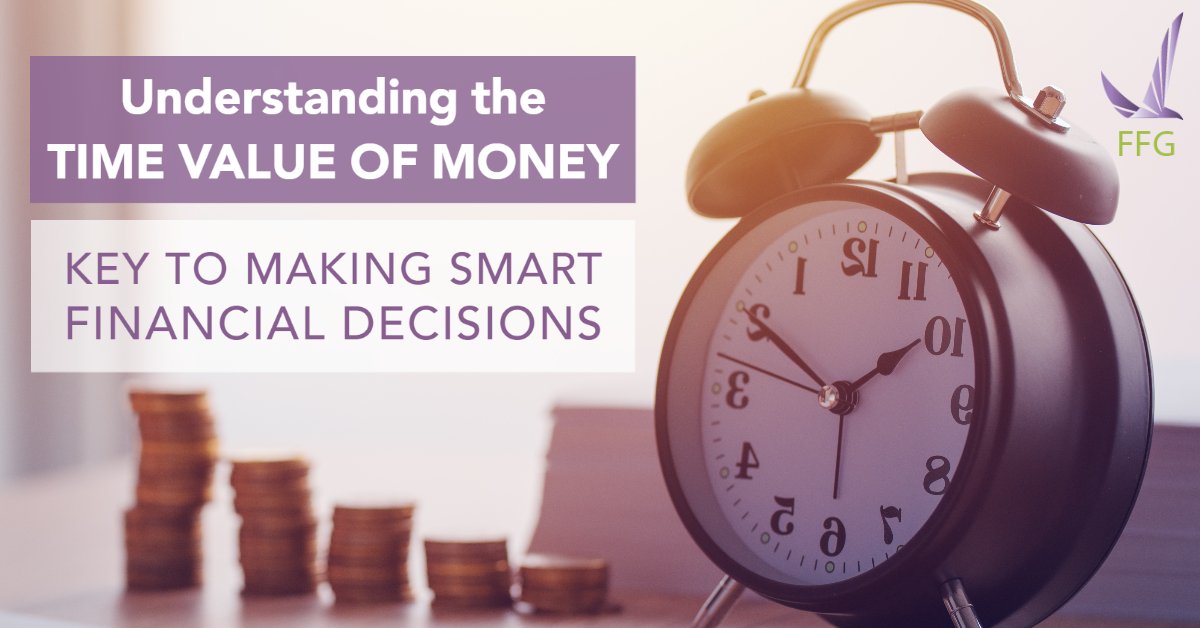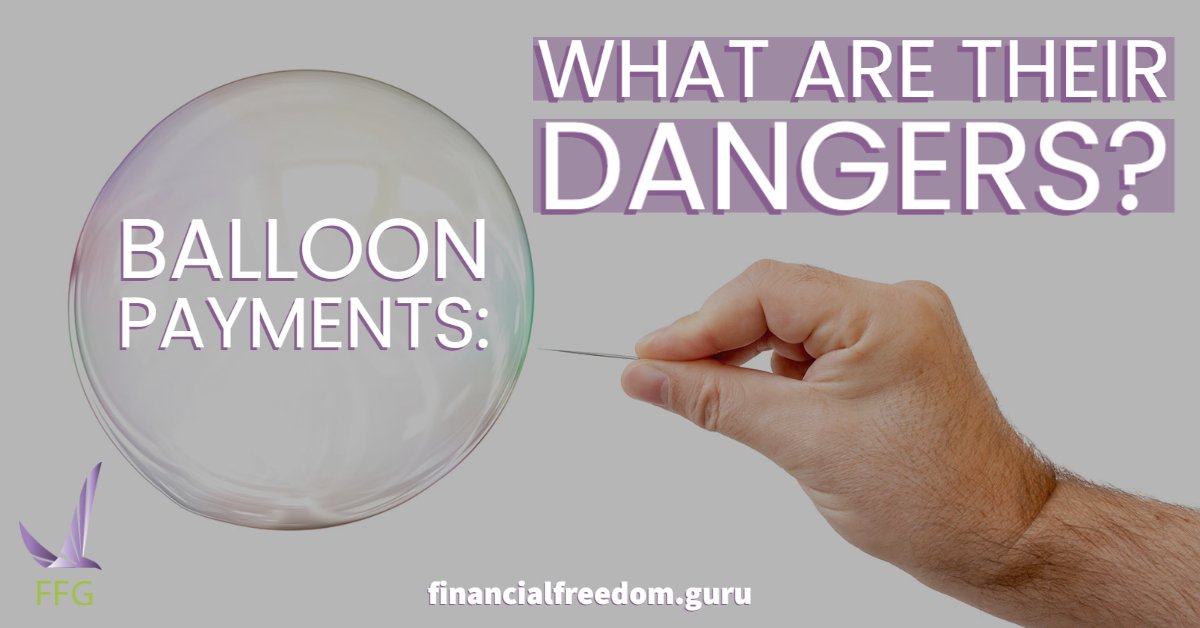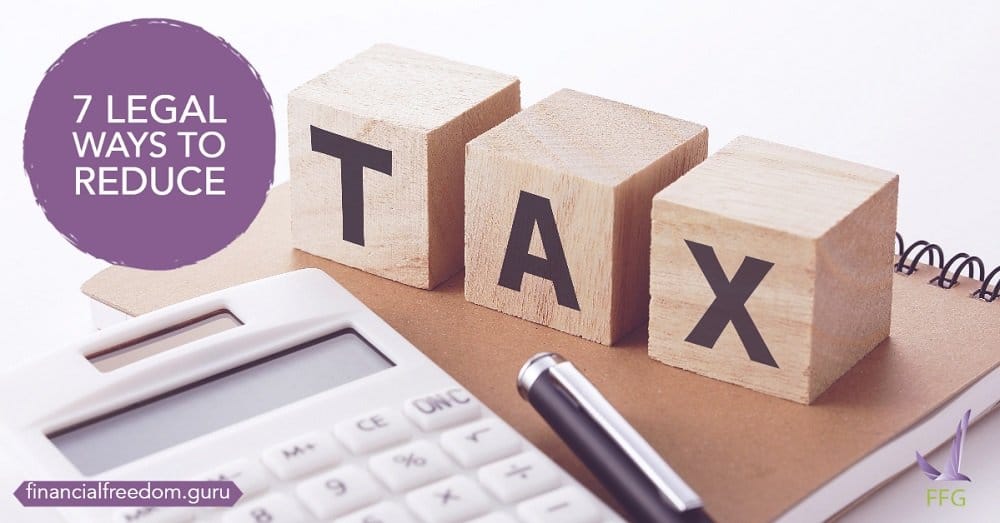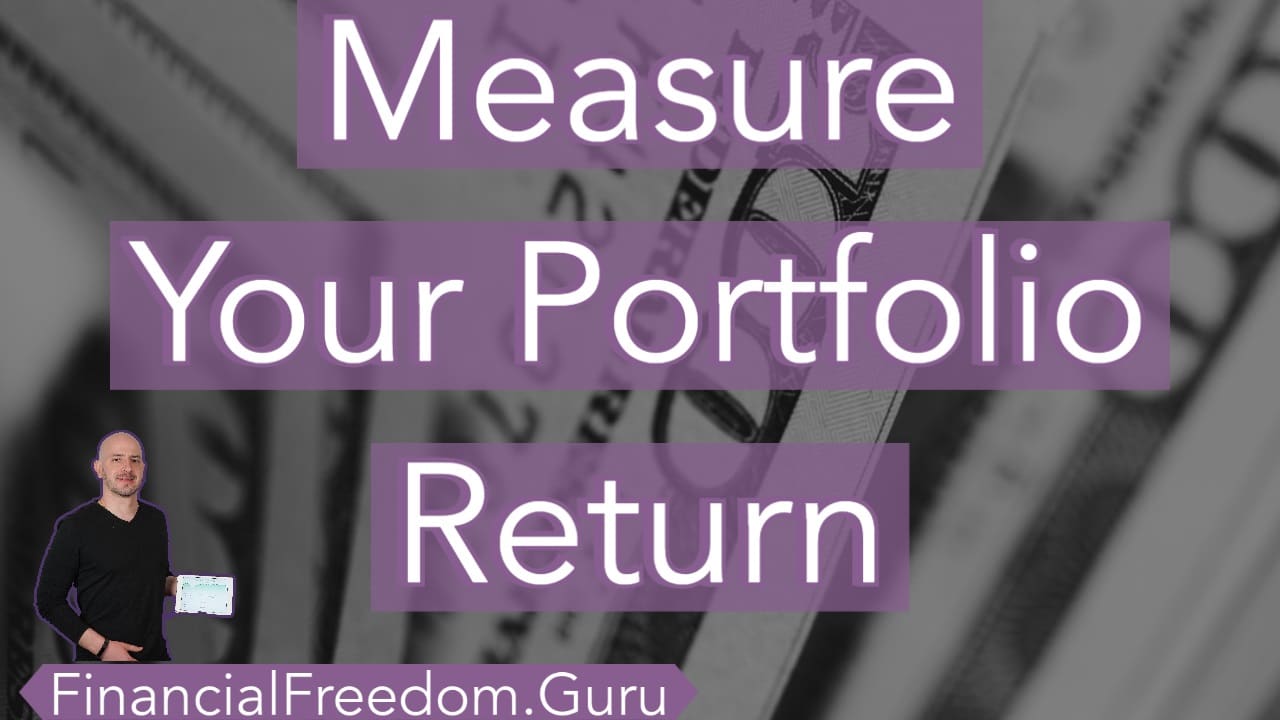Understanding the Time Value of Money: Key to Making Smart Financial Decisions
Which holds more value: $100 today or $100 a year from now? Does it depend on whether you’re making or receiving the payment? Your answer might hinge on your understanding of ‘the time value of money.’ So, let’s explore this financial concept and understand why is the time value of money important for making savvy monetary decisions. Throughout this exploration, we’ll refer to some time value of money examples and use a time value of money calculator to illustrate our principles clearly.
Understanding the Time Value of Money
Consider this situation: you can take a lump sum of money now or wait a year to collect it. Most people would choose the money now because they have immediate needs or wants that the money can fulfill. But what if the future sum is significantly larger? At what point would your decision shift?
This intuitive understanding that $1 today is worth more than $1 tomorrow, and even more than $1 a year from now, is the essence of the time value of money concept. The time value of money importance is seen in situations like installment loans, such as mortgages or car payments. It’s also crucial for interest-bearing accounts like an IRA. If you decide to invest in real estate, you’ll need to be proficient with these concepts to accurately calculate the time value of money for your cash flows and principal.
How to Calculate the Time Value of Money?
To calculate the time value of money, you need to know and understand a few terms.
- Present value. This is the sum of money you have today.
- Future value. This is the sum of money you will have at some later time.
- A discount rate is the percentage rate used to determine the present value of the future amount. It can often be approximated at the interest rate.
Risk and opportunity cost – two main factors when considering the discount rate
- Risk: The more risk you take on, the higher return you will expect.
Time value of money real-life example, if you put $100 in a bank, you may be willing to accept a $5 return on an investment after a year. This is because the risk that the bank will not repay you is low. If you lend the same $100 to a stranger, you may require a $20 return on investment instead. The person is a stranger. You do not know if they will or will not repay you. To take that level of risk, you require them to pay you $20 extra to use your money.
- Opportunity Cost: The opportunity cost is the cost of the benefit lost by choosing one option over the other(s). If you have the money available right now, you can invest it immediately or apply it elsewhere. Let’s say you choose to apply it somewhere else. The opportunity cost is the value of the interest you could earn while the money is invested.
Time value of money calculations
Given the present value of some money and the discount rate, you can find the future amount using
Future Value = Present Value x (1+Discount Rate)
Let’s say you know how much you want to make, and you know the discount rate you’ll get. If you want to know how much money you’ll need for the initial investment, use
Present Value = Future Value ÷ (1+ Discount Rate)
Let’s use an example to drive the point home. You have $1000 today that you can invest for a year at a 7% discount rate (the interest rate). The value of that $1000 one year from now is
Future Value = $1000 x (1 + 0.07) = $1000 x 1.07 = $1070.
To have $1000 today, you must invest a year ago. Your future value is now $1000; you would use the same discount rate. At that time, your present value would have been
Present Value = $1000 ÷ 1.07 = $934.58.
What if you wanted to project the value of your money beyond a year? For the future value of your $1000, you use
Future Value = Present Value x (1 + Discount Rate)(number of time periods)
So the future value of your $1000 after 5 years, assuming a 7% discount rate per year, would be
Future Value = $1000 x (1 + 0.07)5 = $1000 x 1.40255= $1,402.55.
Similarly, you can rearrange the formula if you want the initial investment needed to earn $1000 in 5 years. Assuming the same interest rate, your future value will be $1000, and your present value will be
Present Value = $1000 ÷ (1 +0.07)5 = $1000 ÷ 1.40255 = $712.99.
You would have had to invest $712.99 five years ago at a 7% interest rate to have $1000 today.
Time Value of Money Real-Life Examples
We can use the time value of money in everyday money decisions. Take, for example, the following situations:
Scenario 1 You’ve finally won the lottery!
The lottery commission lets you choose how you would like to be paid. You can receive $1000 per week for life or an immediate lump sum settlement of $1.5 million. What would be the best option? There is no straightforward answer to this situation. Your answer would depend on a few factors that are specific to your life situation, such as:
-
- Your age and your life expectancy. If your life expectancy is short, you may not get the full value of your winnings at $1000 weekly.
- What current investment opportunities are available to you? Taking the lump sum but having nothing to invest it in may not be worthwhile.
- The stability of the organization making the payments. Will the lottery commission be around “for life”?
Once you develop the discount rate, you can use the following calculators to help calculate the better payout for you.
Scenario 2 You are receiving a payout which is worth $100 today
If taken later, this same payout will be worth $110. When making your decision, consider the following:
- Where is the interest coming from?
- Where can you invest that $100 today, and how much would it be a year from now?
TMV Calculators to help you decide:
Scenario 3 You’re going to get an extra $1,000 on your tax refund
You can do many things with that money, but you’ve narrowed it down to two choices. Should you invest the $1000 for the next 20 years or use it to pay your mortgage today? When you make your decision, you should think about the following:
- Your current and future mortgage rates.
- The investment opportunities for this money.
Potentially you can decide to invest this money into a stable bond. You can use this calculator to decide how much this annuity is worth.
Make Better Financial Decisions With Financial Freedom Guru
The time value of money concept is fundamental to making wise financial decisions, especially when deciding between two or more financial options. Should you take the money now, or would it be more beneficial to collect it later?
The answer relies on numerous factors tied to your circumstances. Irrespective of the option you favour, understanding the definition of the time value of money enables you to comprehend just how much is at stake. With tools like a time value of money calculator, you can also gain quantitative insights into your decision, further underscoring the importance of the time value of money.
Last Updated: June 23, 2023














Hi there,
How to calculate future value in excel?
To calculate the Future Value in Excel, go to the Formulas tab in Excel and select “Financial”. In the sub-menu, choose “FV”. You will need to specify the following values:
• “rate” is the interest rate,
• “nper” is the number of payment periods,
• “pmt” is the payment per period,
• “pv” is the present value (if not specified, = 0)
• “type” shows when the payment is due – at the beginning of the month (the value is “1”), or at the end of the month (the value is “0”).
Insert the right numbers and click “OK.”
Time value of money really matters. A long time ago I had a friend who taught me to always have a hundred dollars tucked away. She called it walking around money. I still believe in this simple system to never using a credit card. That’s my philosophy
Whatever works for you. Time Value of Money concept would say that this $100 is losing value while it is your pocket, so it is better to invest to at least fight the inflation.
Can’t but agree with you. I try to persuade my wife that when she keeps the money in her saving accounts, she is actually losing, on average, 3% per year
Thank you for the bright explanation. My conclusion – the only thing you’ll never get back is time so invest as early as possible )
Time is the most valuable commodity, so invest in whatever gives you most time like health and automation!
Good article. I really do appreciate your posts, they help to teach a number of random people on the internet on how to finance their money. Thank you
Thank you for reading and I am glad you found it useful!
It’s exactly the case when the sooner the better. The sooner you start investing your money the better it is for you, I mean the sooner the compound effect happens, minus 2 % inflation each year
Yeah it’s very hard to beat compound returns, so even though you don’t have as much money to save when you are younger – you can still come up on top due the time of the compound returns
The best thing about investing is that it is beneficial for you due to compound interest as the time pass
For sure, it’s also important to understand how to properly calculate your returns and compare them to each other fairly. This is where time value of money concept comes in
It is the most basic and important concept that each person must be taught- but not everyone cares
Agreed, it is very intuitive concept and very important for so many decisions like paying off the mortgage early for example, but most people were never taught it.
Nice summary. This stuff can become complicated once you factor in many cash inflows and outflows at various periods
It for sure does. Luckily there are easy functions in Excel, so you can carefully plot all of your cash flows and bring them all to the same present value
Time is money, and nowadays it is quite rare that one has them both at the same time
It takes investment in yourself and systems, so you can create assets that will give you money without spending time
This is a good explanation of the concept. The key moments are what rate you can earn on the money plus what level of risk you have to put the money at to earn that rate
And you also have to consider opportunity cost, inflation and risk-free rate. Working out the proper discount rate is actually the key to making accurate financial models